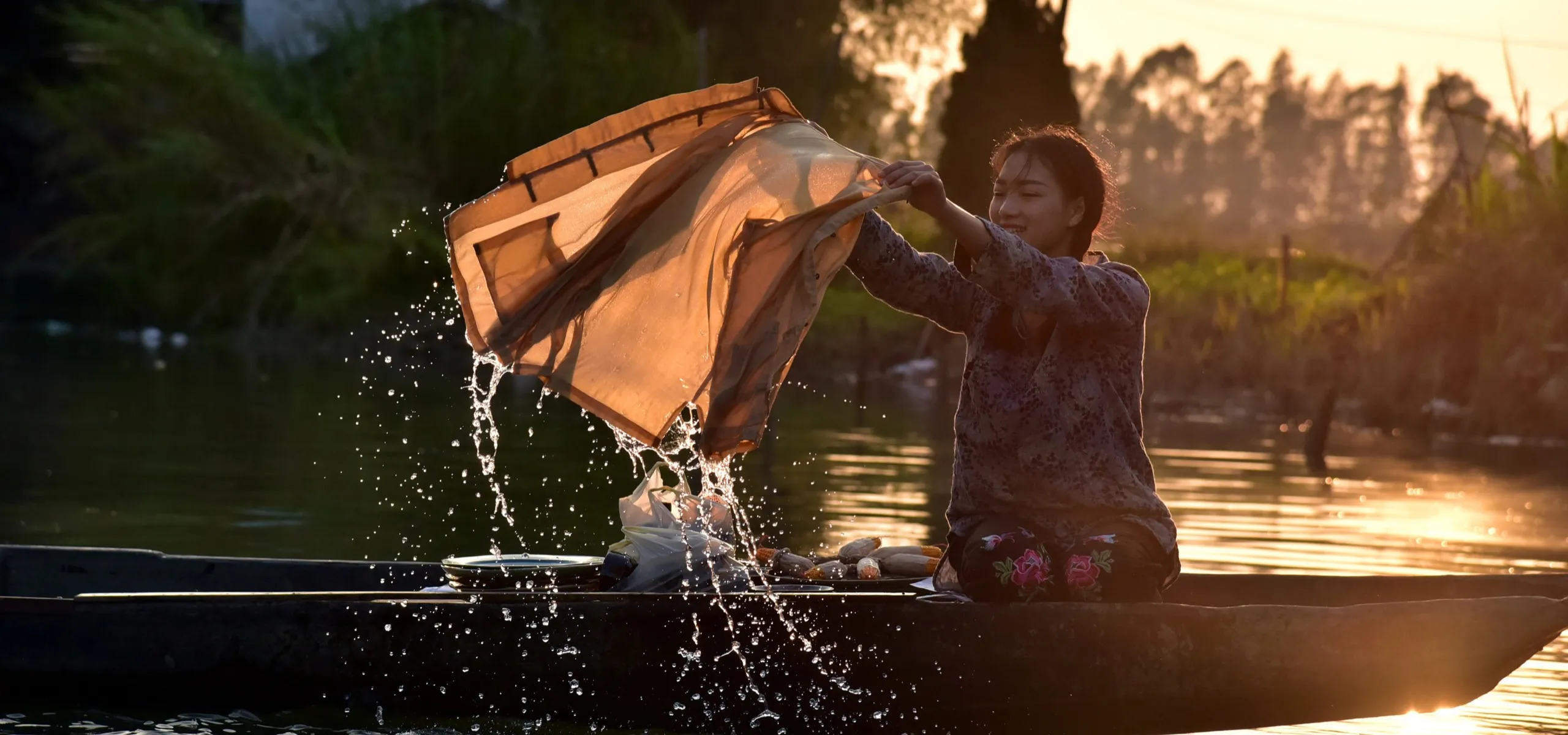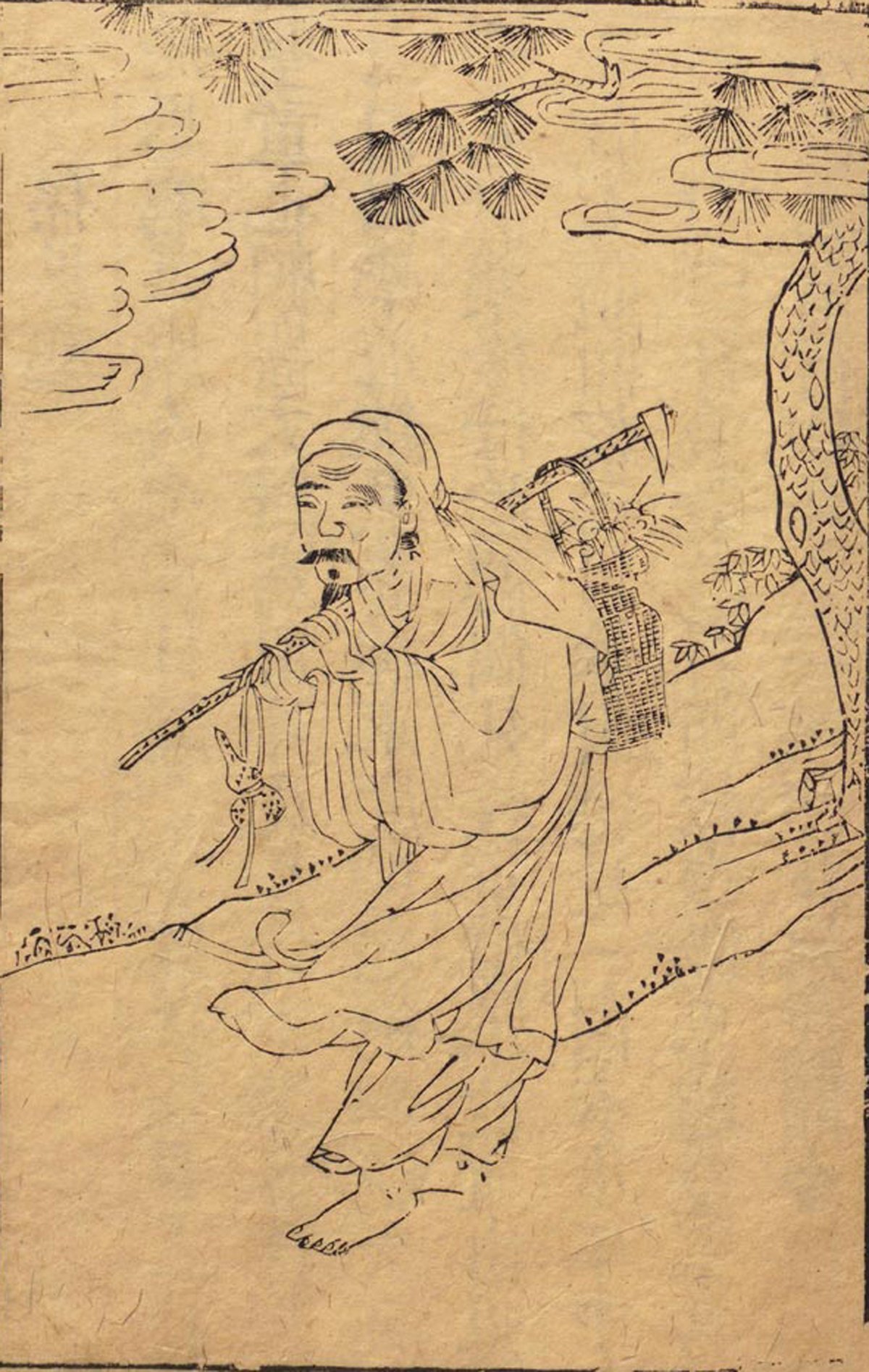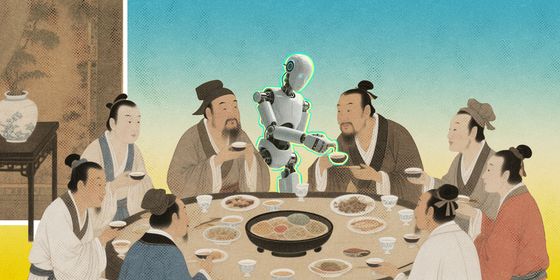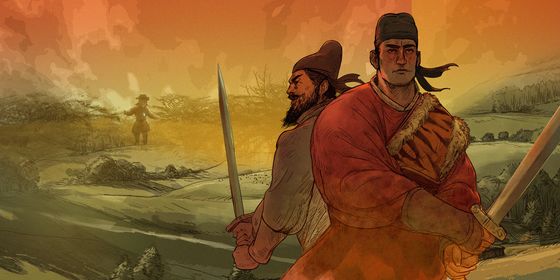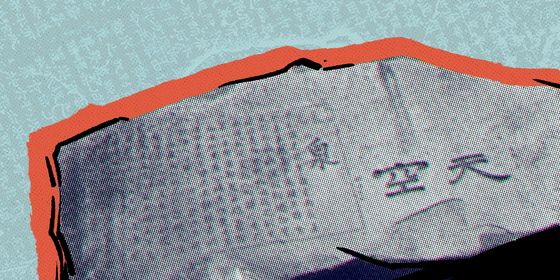With no washing machines or chemical detergents available, ancient Chinese had to get innovative to keep their clothes clean
Over 2,000 years ago, Confucius put forth a requirement for people’s clothing: “A gentleman should dress properly, and behave well.” Wearing clean and tidy clothes was an important part of social etiquette, yet in the days before washing machines and modern detergent, ancient Chinese thought of many creative methods to do their laundry and keep up appearances.
As early as in the Zhou dynasty (1046 – 256 BCE), people discovered a kind of natural detergent—plant ash. The Book of Rites (《礼记》), a collection of texts mainly published in the Han dynasty (206 – 220 CE) on the society and politics of the Zhou era, recorded that “when your hat belt and clothes get dirty, wash them with plant ash.” That’s because plant ash contains potassium carbonate, which has cleansing properties. Later, this detergent was improved. According to The Rites of Zhou (《周礼》), a work on Zhou dynasty politics and culture mainly compiled during the Spring and Autumn Period (770 – 476 BCE), ashes of burnt shells were added to plant ash for washing cloth. The principle was that when the plant ash meets the burnt shells in water, calcium hydroxide is produced, which can clean away grease and dirt.
In the Jin dynasty (265 – 420), a more luxurious version of washing powder emerged. Known as bath beans (澡豆), it was a powdery soap made from ground beans or peas mixed with spices such as cloves, eaglewood, and various flowers, which could be used as both shower gel and laundry detergent. Bath beans were prized because they gave clothes a pleasant fragrance, though the high price of the spices within meant only wealthy nobles could afford it. In A New Account of the Tales of the World (《世说新语》), a compilation of character sketches and anecdotes from the first to the sixth century, Wang Dun (王敦), son-in-law to Emperor Wu of the Jin dynasty, even mistook bath beans for food when he was invited to the palace. If a relative of the emperor could mistake this detergent for food, ordinary folk were probably even less familiar with this innovative laundry soap.
In the Tang dynasty (618 – 907), bath beans became more popular among ordinary people, and the formula was improved. Famous Tang-dynasty physician Sun Simiao (孙思邈), who was known as the “King of Medicine,” recorded a new recipe for making bath beans in his Essential Formulas for Emergencies Worth a Thousand Pieces of Gold (《千金要方》): Clean a pig’s pancreas, dry it and grind it into powder. Then, add bean powder and spice. This formula had a lasting influence. Even today, handmade porcine pancreas soap is still beloved by many people, and in some dialects, soap is also called 胰子 (yízi), with 胰 meaning pancreas.
Another widely used detergent was Chinese honey locust. According to the Recollections of Wulin (《武林旧事》), a Southern Song dynasty (1127 – 1279) text, this plant was often ground into powder and made into orange-sized balls, which were called 肥皂团 (féizào tuán), literally translated as “fat Chinese honey locust balls.” This name was so widely used that when Western-produced soap was introduced to China in the 19th century, it was also referred to as 肥皂.
During the Song dynasty, most soaps were made from edible ingredients. According to the Chicken Rib Chronicles (《鸡肋篇》), a Song dynasty text recording many traditions and anecdotes of that time, there was a popular snack called “crystal soap,” which was boiled Chinese honey locust fruit soaked in syrup.
In regions where there were not many Chinese honey locust trees, there was a substitute known as 肥珠子, literally “fat pearls,” which were made of soapberry. Chicken Rib Chronicles states that in Zhejiang province, “people used fat pearls to wash both their faces and clothes.”
Besides the issue of detergent, another problem was that without modern drainage systems, it wasn‘t easy to wash clothes indoors, so ancient people often did their laundry by rivers. Many relevant records can be found. For example, Xi Shi (西施), one of the “Four Great Beauties” of Ancient China who lived in the Spring and Autumn Period, was described in many historical texts and literary works as “a girl washing clothes by the stream (浣纱女)” whose beauty would shame the fish into hiding out of sight. According to Records of the Grand Historian (《史记》), a historical record complied during the Han dynasty (206 BCE – 220 CE), famous military general Han Xin (韩信) was once given a meal by an old lady who was washing clothes by the river, and repaid her years later with a thousand taels of gold.
When people did their laundry, they would usually put the clothes on a flat stone and use a wooden club to beat them. This practice was called “beating the clothes,” or 捣衣 in Chinese. It is difficult to pinpoint the birth of this practice, but by the Tang dynasty, scenes of people beating their clothes together were frequently described in poetic works. The most famous was Li Bai’s “Midnight Song (《子夜吴歌》)”:
长安一片月,万户捣衣声。
秋风吹不尽,总是玉关情。
何日平胡虏,良人罢远征。
Because of such works, the sound of beating clothes was associated with wives’ worries for their husbands on the battlefield.
Ancient people also had the tradition of ironing their clothes. The iron was first invented in the late Shang dynasty (1600 – 1046 BCE), yet it was initially used solely as an instrument of torture. King Zhou of Shang had criminals branded with a hot bronze iron, a punishment known as 炮烙之刑 (páoluò zhī xíng). Since the Han dynasty, however, the iron has mainly been used for pressing clothes. In ancient times, burning charcoal would be put inside the iron. When hot, the iron was held with a long handle and pressed onto the clothing.
In the Ming dynasty (1368 – 1644), there was even a “Laundry Bureau (浣衣局)” in charge of washing clothes for the imperial family. It was located outside the imperial palace and was managed by eunuchs. The bureau recruited large numbers of palace maids—in many cases, palace maids would be sent there as punishment for mistakes or falling out of favor at court. Those who grew old were also often banished to the bureau.
For all the changes to have taken place in the world of washing clothes, doing the laundry has always been dirty work.





